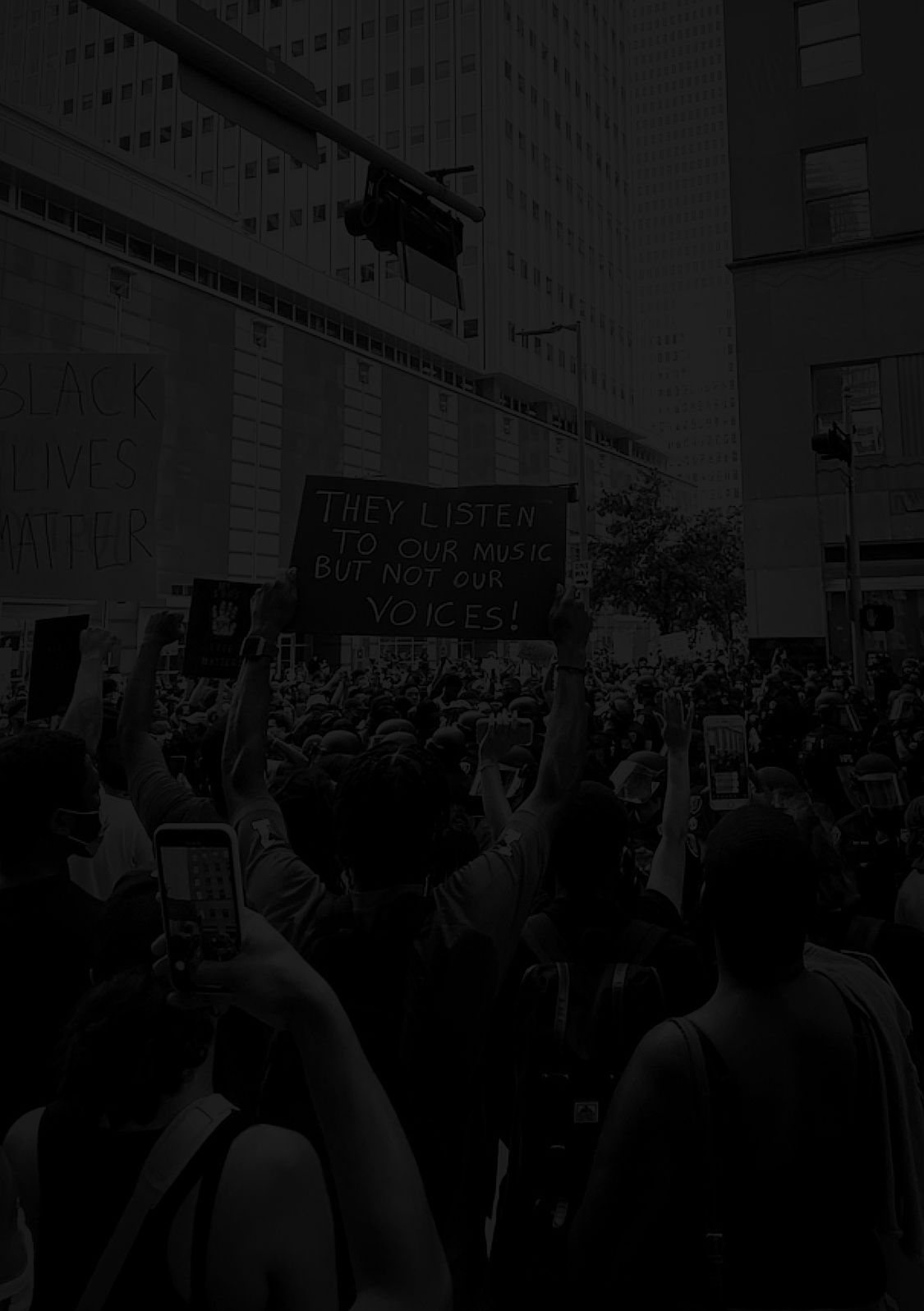Yesterday was Women’s Equality Day. On Aug. 26, 1920, the 19th amendment to the U.S. Constitution officially took effect, promising women that their right to vote would “”not be denied”” on account of sex.
Yet, even after that milestone, millions of women and men alike were still excluded from the vote, facing barriers such as age, citizenship, residency, mental competence, and more that kept them from the polls.
Racism was the most significant hurdle, even though the 15th Amendment expressly forbade states from denying the vote because of race. But by 1920, legislatures in the South and West had set in place laws that disenfranchised Black Americans, with poll taxes, literacy tests, grandfather clauses, intimidation and threat of lynching keeping many from casting their ballots.
In Georgia, the Ohio’s Hamilton Evening Journal reported, “the election judges ruled that they were not entitled to vote because of a state law which requires registration six months before an election.” This ruling meant that no woman in the state of Georgia could actually vote since not enough time had passed.
Today, as was true in 1920, a woman’s access to the polls is determined by where she lives—and that often correlates with her race. A resurgence of voter ID laws, the shuttering of certain polling places, and the purge of voter rolls in some states following a 2013 Supreme Court ruling have deprived both men and women of color of the right to vote.
Source: nationalgeographic.com, npr.org

